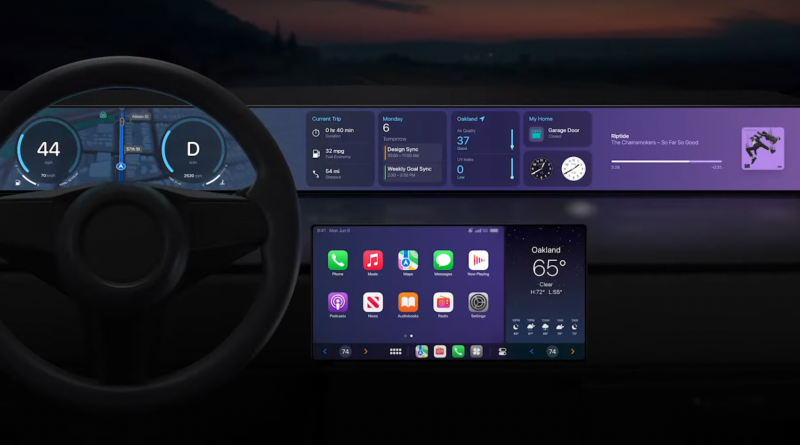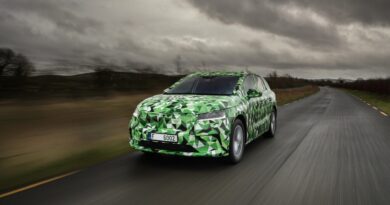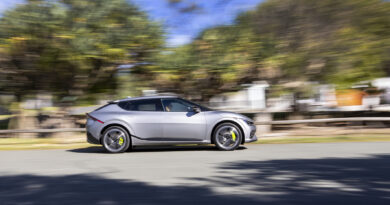Apple CarPlay to take more control of your EV as tech plays bigger role
Tech giant Apple wants to control more of your car – and it could transform the way cars are designed and operate.
At its latest Worldwide Developers Conference (WWDC), Apple gave details of a more integrated and immersive CarPlay system that is planned to debut late in 2023.
The new Apple CarPlay system is designed to be integrated into all screens in the car – including the digital instrument cluster – and take a greater role while allowing more customisation.
In delivering an overview of the upcoming system, Apple’s engineering manager for the car experience, Emily Schubert, showed various displays and gave an insight into the new CarPlay system.
Rather than predominantly a way to integrate the phone and selected apps into the car, the new CarPlay will also be integrated into the core functions of the car, including the instrument cluster, ventilation and vehicle warnings.
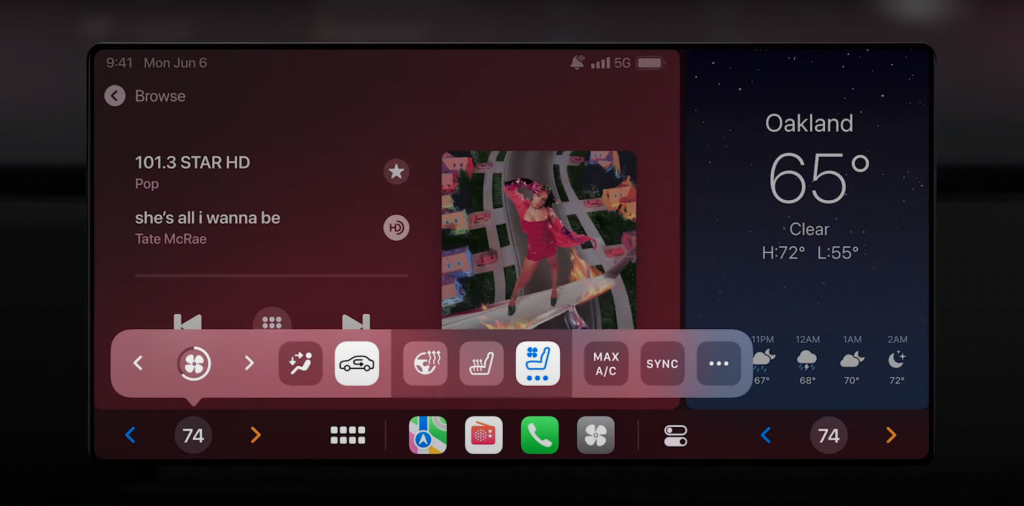
“We’ve been working with automakers to reinvent the in-car experience across all of the driver’s screens,” says Schubert of what she describes as the “next generation of CarPlay”.
“Deep integration with the car’s hardware lets you tune your car’s radio or change your temperature without ever leaving the CarPlay experience.”
That’s an important point for anyone who uses CarPlay regularly. While the CarPlay phone and mapping functionality is often good, when you want to do anything else – such as change radio stations or adjust the ventilation – it’s often a clunky experience of selecting an app within CarPlay to return to the main menu then following the links to the function it is you want to change.
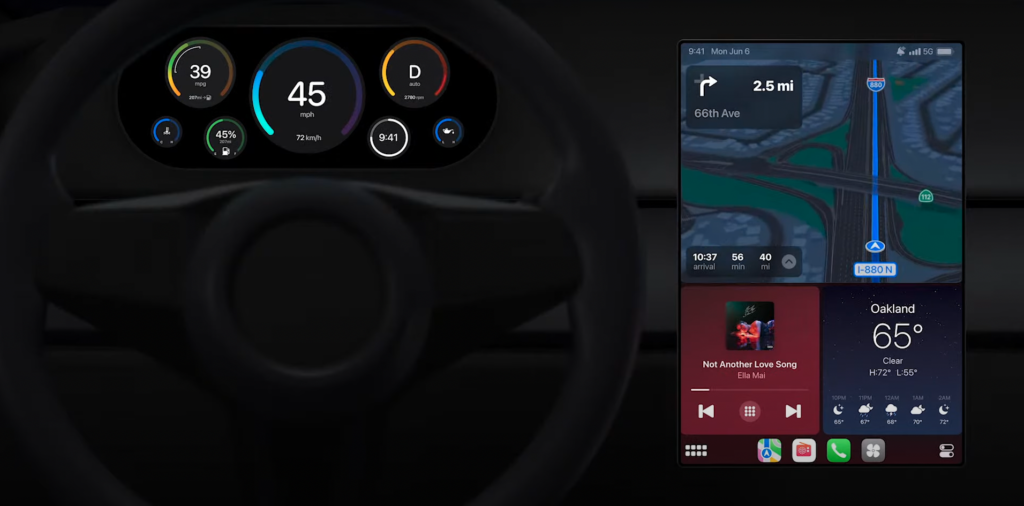
Apple clearly wants to make it a more seamless experience and provide incentives for people to splash out on an iPhone.
And Apple is planning to go further, even allowing the phone to fully customise and control the instrument cluster.
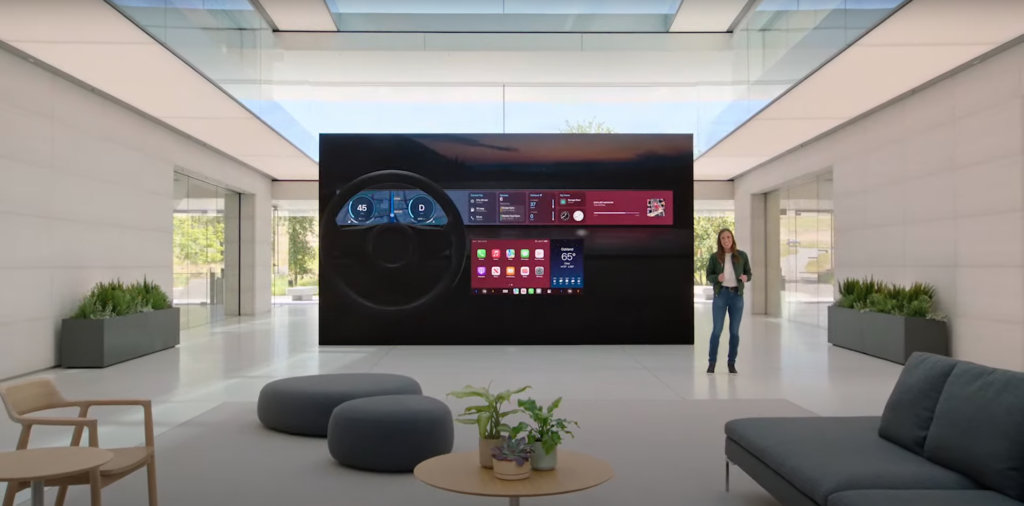
“It also includes widgets powered by your iPhone that fit your screens perfectly they can live front and centre in the gauge cluster giving you information at a glance,” says Schubert.
“Your iPhone communicates with your vehicle’s real-time systems in an on-device, privacy-friendly way, showing all of your driving information like speed, RPMs, fuel level, temperature and more.”
The new CarPlay will also allow owners to customise the layout and colour scheme of the instrument cluster, right down to what widgets they would like incorporated; it could include weather forecasts, your calendar or upcoming playlists.
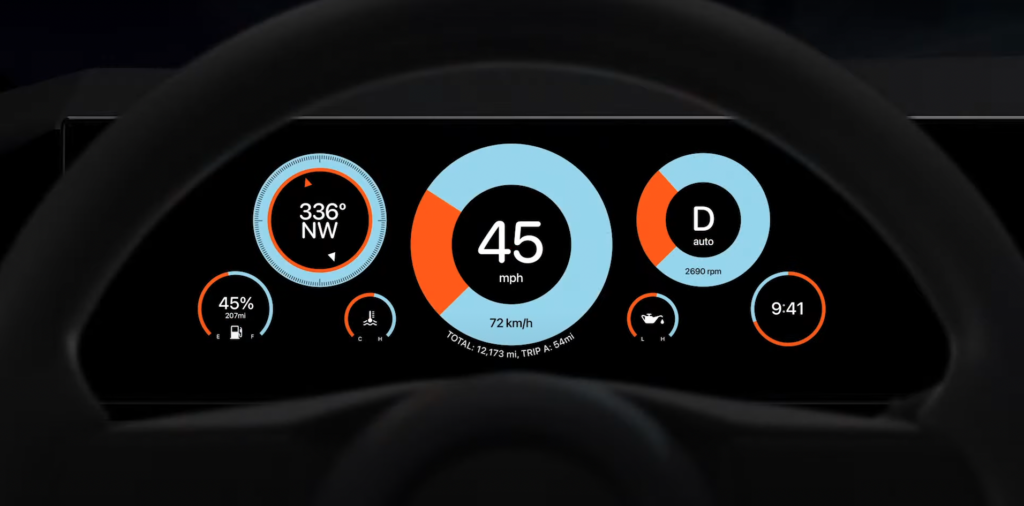
All of which could impact the way cars are designed. While screens have been playing a bigger role in the in-car experience, it could expand further as tech companies look to play a bigger role on how people integrate their phones with their cars.
And, no doubt, third-party app developers will relish the opportunity to develop more car-specific apps. They could include apps focused on performance or in-car data or even things that could control some of the vehicle functions in an amusing or innovative way (perhaps Tesla’s farting indicator sounds could be outdone!).
All of which could create some challenges for regulatory bodies – including those in Australia – that have generally struggled to keep up with phone connectivity and technology infiltrating cars.
As for the when and where… Apple showed a screen packed full of logos, including those of Land Rover, Mercedes-Benz, Porsche, Nissan, Ford, Audi, Jaguar, Honda, Volvo, Renault, Infiniti and Polestar.
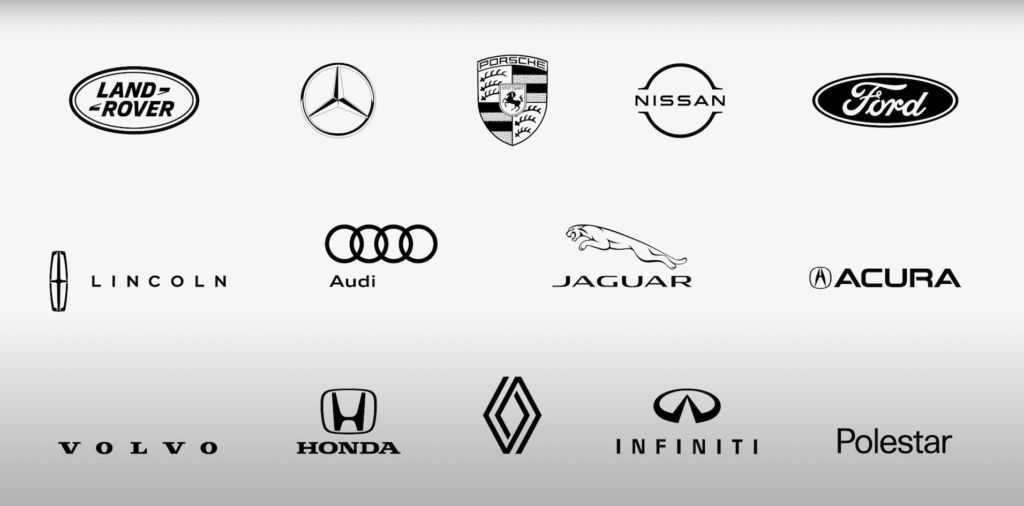
Schubert says “automakers around the world are excited to bring this new vision of CarPlay to customers” and that “vehicles will start to be announced late next year”.
Tesla was conspicuously absent from the list. The tech-focussed brand has long shunned third-party connectivity systems, instead developing its own and integrating it with traditional Bluetooth systems. It appears Tesla – which has been a pioneer in automotive software – could be going its own way for some time.
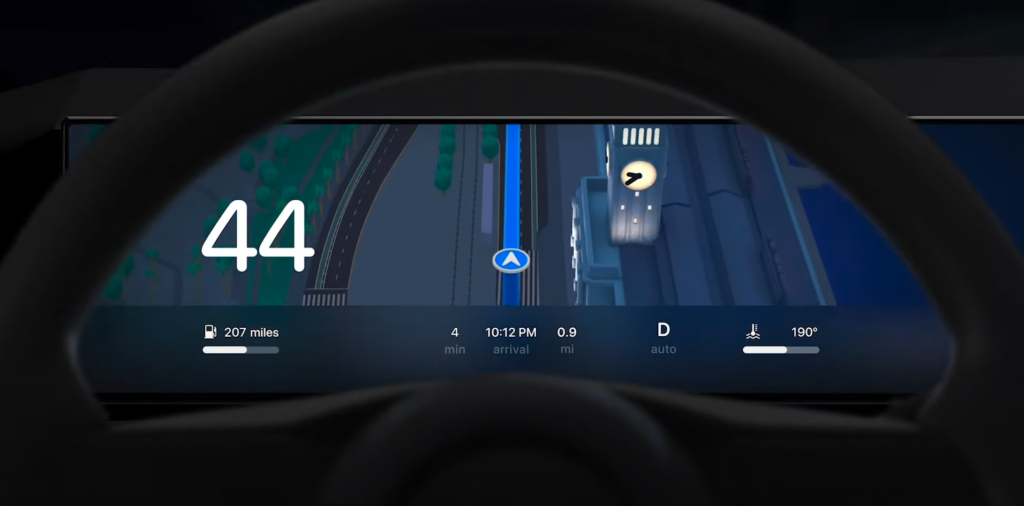
No word yet on what happens if you don’t own an Apple iPhone or if your phone fritzes, freezes or the battery runs out.
We’re assuming car makers will still have standard displays and screens that can take over in such situations.
There’s also no word on how or if it will work within the Android Automotive operating system currently being rolled out by tech rival Google.
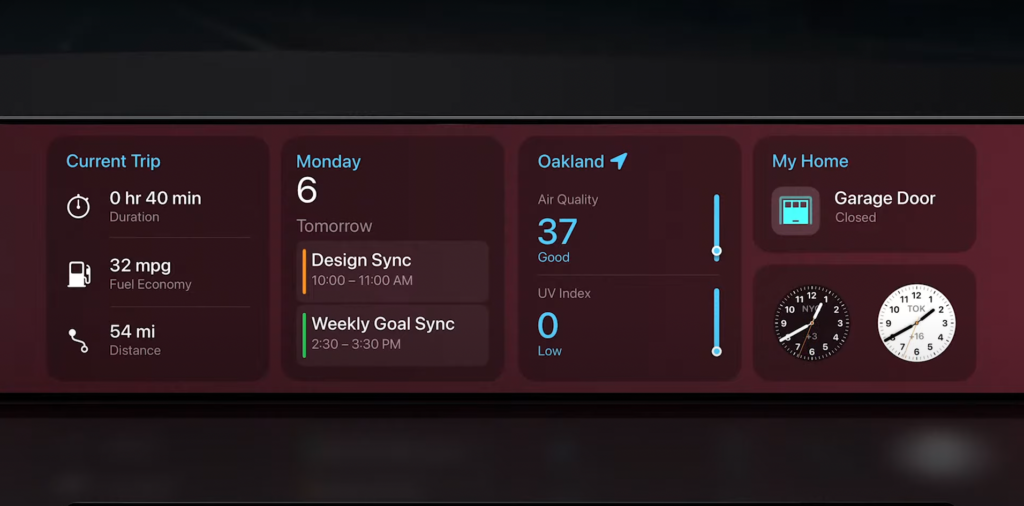
Android Automotive is increasingly being used as the operating system for the whole car.
Volvo and Polestar were the first brands to integrate it into some models and many other car makers are planning on leaning on Android Automotive.

